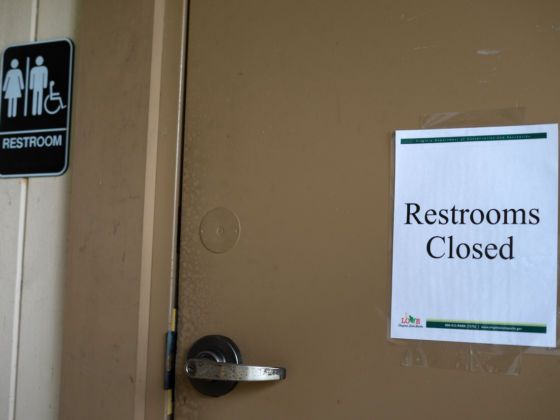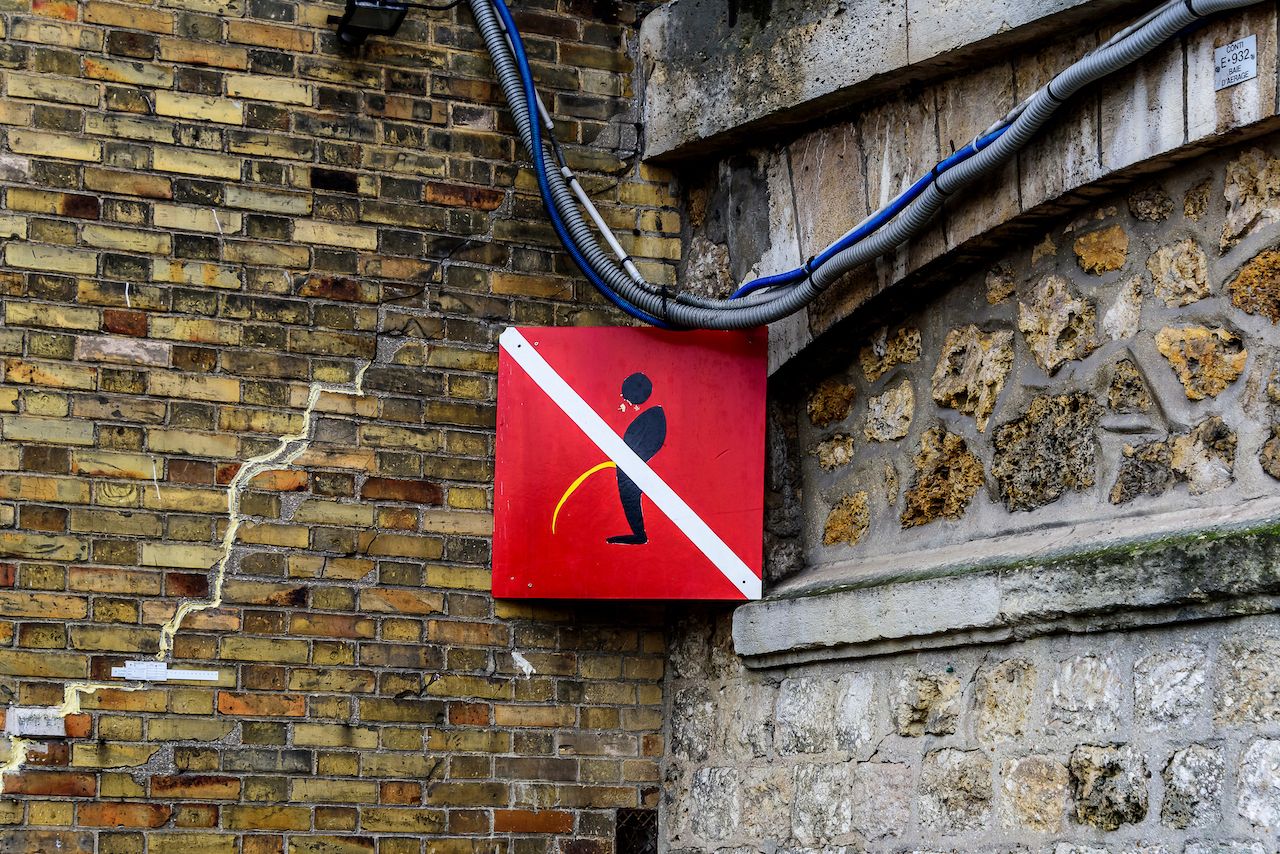Outdoor seating at restaurants and bars used to be a treat. Now, eating and drinking outside is just about the only way to stay (relatively) safe.
There’s just one major problem: Restaurant and bar bathrooms are all still inside.
Restaurants and bars across the United States have moved dining tables to the streets and parking lots. Cocktails and beer are now sold to-go, and sipping your drink while walking is about as common for some as bellying up to the bar once was. But stay outside long enough — especially after a few drinks — and you’re bound to need to pee. In New York City, so many people were peeing on the streets in recent weeks that the New York Post rechristened the Big Apple “the Big Toilet.” Roadtrippers who could once rely on pit stops at fast-food restaurants are finding limited toilets or outright closures.


